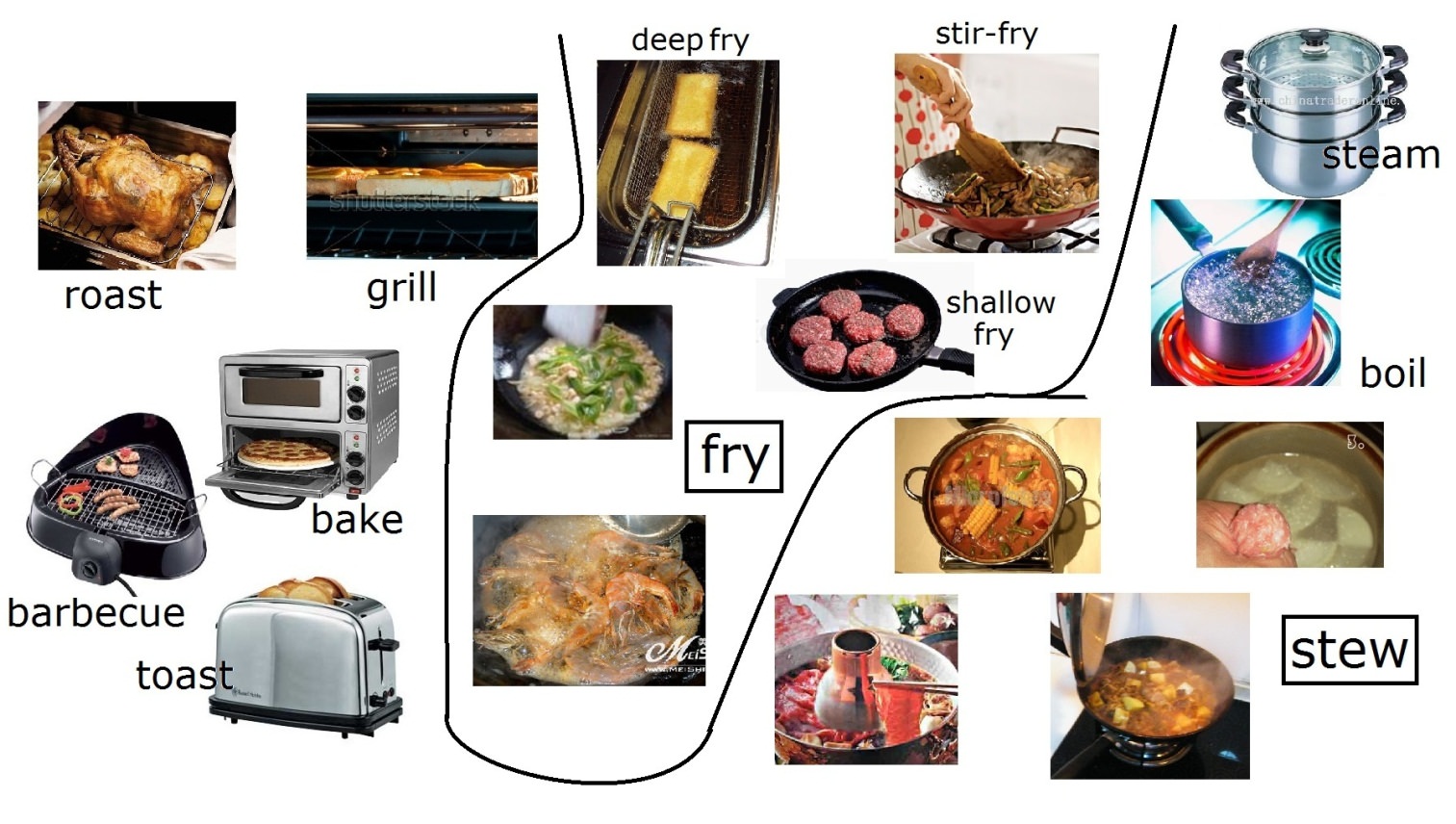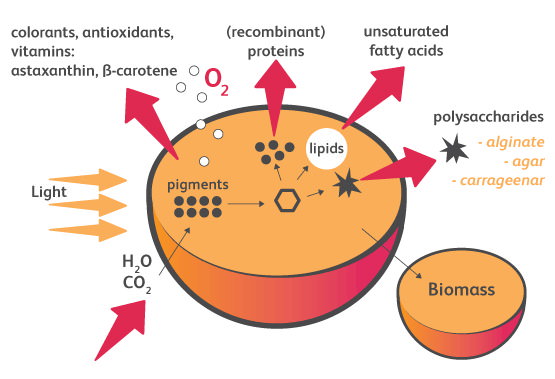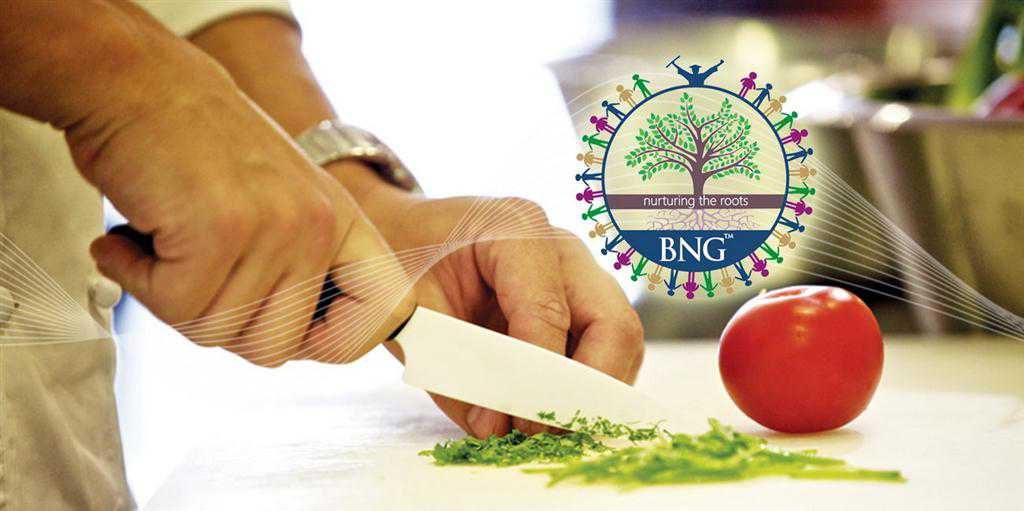Cooking Methods
Foods can be cooked in fat, water, air or steam. These are known as cooking media. There are two general types of cooking methods :dry heat and moist heat. Dry-heat cooking methods are those using air or fat. They are broiling, grilling, roasting and baking, sautéing, pan-frying and deep-frying. Cooking with moist heat is the process of applying heat to food by submerging it directly into a hot liquid or by exposing it to steam. Here in this article you will find various cooking methods , their suitability to different foods and effect of these cooking methods.
#ROASTING : SPIT ROASTING-The food to be cooked is brought in direct contact with flame of clear, bright fire. The food is basted with fat and is also turned regularly to ensure cooking and browning .This method is known as spit roasting.
- OVEN ROASTING: Now this has taken the place of spit roasting, the joint is raised out of the fat by means of bones or a trivet to prevent the meat from frying and becoming hard. Frequent basting however is essential. The food is put into a fairly hot oven for 5 to 10 min. and the temperature is lowered to allow the joint to be cooked through. Aluminium foil is now used in oven roasting.The joint is browned in fat. A matignon (finely minced) of carrot, onion, celery, ham ,thyme may or may not be used. The joint is than wrapped tightly in aluminium foil and cooked till done.
- POT ROASTING: A thick heavy heavy pan is used . Enough fat is mealted to cover the bottom of the pan. When the fat is is hot the joint is browned. It is then lifted out and 2 or 3 skewers are put into the pan, on which the joint is placed. This helps to prevent the joints from sticking.The joint should just touch the fat.The pan is then covered tightly with well fitting lid and cooked over verty low fire. Root arometic vegetables can be cooked with the meat.
POELING: It is similar to pot roasting, difference is that it is entirely in butter. Usually poultry and game are poeled . The poultry is wrapped with a thin slice of pork fat ,covered with or without butter paper , placed in a pot and basted with melted butter while cooking. Covered with a tight fitting lid . Arometic vegetables are added and later on moistened with madeira wine or red wine. After the liquor has absorbed the aroma of the vegetables then the cooked food item is removed , it is then strained ,grease removed and reduce a little seasoned and served as accompanying sauce.
Special poeling are known as ‘Encasserole’ and ‘Encocotte’
- Encasserole: Food items is poeled only in butter , without vegetables .When cooking is done the food item is with drawn and brown stock is poured. The piece is put into the earthenware utensils and kept hot in bain marie and serve in same dish.
- Encocotte: The procedure is same as encasserole ,except that the food item is garnished with vegetables cooked in butter such as mushrooms , artichoke bottoms , small onions , carrots ,turnips.
BAKING: The food to be cooked is surrounded by hot air in a closed oven. The action of dry heat is modified by the steam which arises from the food while cooking.
FRYING: This is a cooking methods where food to be cooked is brought into contact with hot fat.
- DEEP FAT FRYING – The food is completely immersed in hot fat. samosa,puri etc.
- SHALLOW FAT FRYING – Only a little fat is used. Sometimes the food is turned over so that both sides may be cooked. parantha, omelet etc.
- SAUTEING- Comes under shallow frying, little fat is used in frying pan and the food items are tossed or jumped.
BOILING-Food to be cooked is surrounded with boiling water(100*c). Sufficient liquid should be used to cover the food. Quite number of bubbles should be seen on the surface.
STEAMING- The food to be cooked is surrounded by plenty of steam from fast boiling water directly. Steamer is used .This is slow process of cooking so easily cook food can be prepared by this cooking methods .
POACHING- Cooking slowly in a minimum amount of liquid which should never be allowed to boil but should be off boil. fruits , fish , eggs are poached.
STEWING- This is gentle simmering in a small quantity of liquid in a pan , the pan will be covered by a lid. Both liquid and food are served together.
BRAISING- This is combined cooking methods of roasting and stewing. Braising is done to prevent evaporation so that the food retains its own juices.
The meat is browned in hot fat to seals the pores and thus the juice are retained. It is then placed on a bed of root vegetables. Stock or demi-glaze should come to two- third of the meat. The flavorings and seasonings are also added. The lid is put on and it is allowed to cook gently on the oven. When almost done the lid is removed the joint are frequently basted. The above cooking methods is basic method of braising.
BROILING- This is cooking by direct heat, It could be done by source of heat (above or below).It is dry cooking and can be done on a grid ( iron bars).
GRILLING- The source of heat may be from charcoal , coke , gas , or electricity . In an authentic grill the heat is located bellow the grill bars .Usually small items are grilled . The meat is trimmed , slightly flattened with a bat or steak hammer seasoned with salt and pepper. Frequently basting is required . Griddle can be greased with oil to prevent sticking.

Effect of heat on food

To cook food means to heat it in order to make certain changes in it. Skillful cooks know exactly what changes they want to make and what they have to do to get them right. To learn these cooking skills, it is important for you to know why foods behave as they do when heated. For this you have to study a little theory to support your practice in the kitchen. Perhaps not all the parts in this section will make sense to you at first. But they should become clearer to you after you have thought about them in relation to specific techniques.
EFFECT OF HEAT ON FOODS
Foods are composed of proteins, fats, carbohydrates, and water plus small amounts of other compounds such as minerals (including salt), vitamins, pigments (colouring agents), and flavour elements. It is important to understand how these components react when heated or mixed with other foods. You will then be better equipped to correct cooking faults when they occur and to anticipate the effects of changing cooking methods, cooking temperatures, or ingredient proportions. In other words, when you know why foods behave as they do, you can then understand how to get them to behave, as you want them to.
Proteins
- Protein is a major component of meats, poultry, fish, eggs, milk, and milk products. It is present in smaller amounts in nuts, beans, and grains.
- As proteins are heated, they become firm, or coagulate. As the temperature increases, they shrink, become firmer, and lose more moisture. Exposure of proteins to excessive heat toughens them and makes them dry. Most proteins complete coagulation or “worked” at 160oFto 185oF (71oC to 85oC).
- Connective tissues are special proteins that are present in meats. Meats with a great deal of connective tissues are tough, but some connective tissues are dissolved when cooked slowly with moisture. By cooking tough meats properly, they can be made more tender.
- Acids, such as lemon juice, vinegar, and tomato products, do two things to proteins:
- They speed coagulation.
- They help dissolve some connective tissues.
Carbohydrates
- Starches and sugars are both carbohydrates. Both compounds are present in foods in many different forms. They are found in fruits, vegetable, grains, beans, and nuts. Meats and fish also contain small amounts of carbohydrate.
- For the cook the two most important changes in carbohydrates caused by heat are caramelization and gelatinization.
- Caramelization is the browning of sugars. The browning of sautéed vegetables and the golden colour of bread crust are forms of caramelization (dextrinization).
- Gelatinization occurs when starches absorb water and swell. This is a major principle in the thickening of sauces and in the production of breads and pastries. Acids inhibit gelatinization. A sauce thickened with flour or starch will be thinner if it contains acid.
Fruits and Vegetable fiber
- Fiber is the name for a group of complex substances that give structure and firmness to plants. This fiber cannot be digested.
- The softening of fruits and vegetables in cooking is in part, the breaking down of fiber.
- Sugar makes fiber more firm. Fruit cooked with sugar keeps its shape better than fruit cooked without sugar.
- Baking soda (and other alkalis) makes fiber softer. Vegetables should not be cooked with baking soda because they become mushy and lose vitamins.
Fats
- Fats are present in meats. Poultry, fish, eggs, milk products, nuts and whole grains, and, to a lesser extent, in vegetables and fruits. Fats are also important as cooking mediums, as for frying.
- Fats can be either solid or liquid at room temperature. Liquid fats are called oils. Melting points of solid fats vary.
- When fats are heated, they begin to break down. When hot enough, they deteriorate rapidly and begin to smoke. The temperature at which this happens is called the smoke point and it varies for different fats. A stable fat – one with a high smoke point – is an important consideration in deep fat frying.
Minerals, Vitamins, Pigments, and Flavour Components
- Minerals and vitamins are important to the nutritional quality of the food. Pigments and flavour components are important to a food’s appearance and taste and may determine whether the food is appetizing enough to eat. So it is important to preserve all these elements.
- All of these components may be leached out, or dissolved away from foods during cooking.
- Vitamins and pigments may also be destroyed by heat, by long cooking, and by other elements present during cooking.
- It is important, then, to select cooking methods that preserve, as much as possible, a food’s nutrients, and appearance. These will always be a consideration when cooking techniques are explained.





